REVIEW: OXENFREE II: Lost Signals is a Perfectly Tuned Sequel
Will you make the right choice?
Taking place 5 years after the events of the first game, OXENFREE II: Lost Signals pulls players back into the haunted world of 2016’s OXENFREE. Over the course of one fateful night, environmental researcher Riley Poverly and fix-it-man Jacob Summers partner up to investigate some strange radio frequencies. But as they trek across the empty town of Camena, they uncover a secret plot involving a cult-like group called Parentage, whose sole aim is to open an interdimensional portal above Edwards Island – much like events from 5 years ago… and events long before then.
As someone who absolutely loved OXENFREE, I had exceedingly high expectations for Lost Signals, but I wasn’t sure a sequel could hold a candle to the brilliance of the first game. OXENFREE was unlike anything I had played before: the art style was unique, the music was sublime, and the characters were captivating as you walked around and made conversation. As the main character, Alex, your choices directly shaped the game. How you responded to characters would not only build up or break down your relationships, it also affected the game’s narrative.
Nothing was ever as it seemed in OXENFREE. Things just felt… off, and that sense of unease felt more intimate because of the choices you were allowed to make (and the… things you would hear and do with the radio…). These narrative and game mechanics were expertly honed by developer Night School Studio to create one of the most horrifically fun and satisfying adventure games of the last decade.
The bar was set high for a sequel, but Night School managed to vault over it with OXENFREE II: Lost Signals, a game that manages to one-up its predecessor in just about every way imaginable. From the impeccable level design and the drop dead gorgeous art direction, to the improved animation and refined visuals, you can tell a metric ton of love and care and effort went into this sequel. The trailers and screenshots really don’t do the game justice. It’s a wonder to behold.
And, much to my surprise and delight, Lost Signals does an amazing job connecting to the story of the first game, too. Even though Edwards Island is no longer the setting, it is the focal point of Lost Signals. It’s almost always visible in the distance as Riley and Jacob traverse the mainland to set up transmitters to close the source of the mysterious radio frequencies – aka, the portal being opened above Edwards Island.
The events of the first game are also briefly touched upon in Lost Signals: namely when Jacob mentions to Riley that something involving portals happened to a bunch of teenagers a few years back, and when he shares that he was friends with Maggie Adler before she died, the former WWII comms officer who dedicated her life to research the supernatural radio wave portals. But even with this connective tissue, Lost Signals is less of a direct sequel and more like the next chapter of an anthology within the OXENFREE universe.
You don’t need to have played the first game to enjoy Lost Signals, but you will be rewarded for that knowledge if you have. Lost Signals deepens the lore of OXENFREE in some unexpected ways – from learning more about the Sunken Crew of the USS Kanaloa to uncovering more of Maggie Adler’s research – but it also does an incredible job at standing on its own two feet. The game is not concerned about how much or how little you know about the previous game or the history of Edwards Island. It wants you to be rooted in the moment, to be invested in the characters on the screen now more than the ones that came before.
Just like Alex and Ren from the previous game, Riley and Jacob travel together and talk back and forth throughout the majority of Lost Signals. At different breaks and points in these conversations, three dialogue bubbles will appear over Riley’s head, giving you the choice of how to respond. You could make a joke, tell a lie, be a jerk, or offer sympathy depending on the topic at hand. Lost Signals also feels a little more forgiving with the window of time to make your dialogue choice, which can sometimes prompt Jacob to repeat a sentence or try to get Riley’s attention as if she’s distracted. The longer you wait, the more faded the options will be until they eventually disappear, bringing that branch of dialogue to an end.
It’s a super intuitive system that makes you feel like you’re not only listening to, but also participating in a real conversation. The game also does a good job of restarting or resuming a conversation if you interrupt the dialogue by interacting with something in the environment. Riley will comment on whatever it is, and then Jacob will resume his chatter – but he’s not the only chatterbox in this game! At the very start of the game, you are startled awake by one of the environmental researchers on your walkie talkie, a woman named Evelyn. She quickly teaches you how to use the walkie, explains your objective to place the transmitters, and points you in the direction of your partner, Jacob.
At different points in the game, you’ll be able to ask Evelyn questions, make small talk, and help her with some personal problems, making it feel like Evelyn is really on the mission with you. And as you explore the different areas of Camena, you’ll “encounter” different people on different frequencies like Shelley the Park Ranger who wants to help you, Nick the Fisherman who probably needs your help, and Maria the High Schooler who is looking for love advice – you can even listen in on the Parentage cultists who talk to each other about their plans over an open channel.
This walkie talkie system is totally new to Lost Signals, and it perfectly complements the OXENFREE gameplay. You’re able to learn so much about the history of Camena and the people who live there, but only if you take their calls – and call them in turn! Honestly, if I had one piece of advice for this game, I would strongly encourage you to check your walkie often. It’s not always obvious when you should use it, and it’s better to be safe than sorry. The walkie talkie also works with the radio (yes, the radio is back – it wouldn’t be OXENFREE without it!), with characters telling you to tune into various stations or frequencies at different points in time.
I mention this because actively checking and using the walkie talkie opens up entirely new branches of gameplay and choices that will influence how the narrative plays out – and how the game ultimately ends. I actually played through and beat the game twice before publishing this review to see the dialogue and story differences based on my alternate choices (first round was about 10 hours, second play through a bit shorter). As a result, I ended up with two wildly different endings.
Another new gameplay mechanic in Lost Signals is the time rifts. Every now and again you’ll come across a jagged glowing line that’s essentially a rift in the space-time continuum. All you gotta do is turn on your radio and tune to the right frequency to rip that rift right open and you’ll be transported back in time. This opens up some really clever puzzles that help keep the adventure feeling varied and fresh.
The walkie talkie is more than just a gameplay mechanic, though, or plot device or lore machine. It gives you, the player, more insight into Riley’s interiority. What makes her tick, how her mind works, what her sense of humor is, how much (or little) she cares about others. Yes, you’re paving the path for these conversations, but the more you speak through Riley, the greater the emotional payoff will be later down the road when you start having the deep conversations.
Same thing with giving Riley and Jacob climbing gear to more easily move up and down the map; it’s like Night School tried their best to streamline the navigational aspect of the first game (which could sometimes be cumbersome) by letting the player move around faster while still giving them some level of choice in how to get from Point A to Point B. It never felt like the game was dragging or that a certain section was a slog. Of course, that is also thanks to the incredible music.
OXENFREE composer Andrew Rohrmann, better known as scntfc, returned for Lost Signals, and let me tell you – he knocked it out of the park. His new tracks evoke a more haunted and moody atmosphere than those found in the first game. He also does an wonderful job at composing variations of his older tracks and incorporating recognizable leitmotifs during peak emotional beats. If I were to compare scntfc’s Lost Signals score to anything, I would say it shares some strong DNA with Wendy Carlos’ score for The Shining and Angelo Badalamenti’s work on Twin Peaks. There’s an intentionality to it, every chord is specifically struck and each note is expertly placed, resulting in a score that beautifully enhances the already heightened surreality of this game.
The last thing I’ll say about OXENFREE II: Lost Signals is how genuinely impressive the story is (don’t worry, I won’t give away any specific spoilers). The team at Night School should be incredibly proud, because the beating heart of this game is the evolving narrative fueled by an intricately written script for a cast of characters that engages you on a deeply personal level. Despite the age gaps and personality clashes and varied life experiences and opposing beliefs, Riley is able to connect with every single character in a real and meaningful way. That is no easy feat.
Of course, you as the player will influence Riley’s reactions and interactions, but if you put in the work to listen and be there for the characters around you, the game rewards you for that attentiveness by offering the chance for a deeper relationship and a more intimate understanding of these characters. At a certain point, you stop viewing the characters as characters, and you start seeing them as living, breathing people experiencing real human emotions – hope and joy, frustration and anger, regret and sorrow, awe and wonder.
And they’re made all the more real by some of the most talented voice actors I’ve ever had the pleasure to listen to. The performances are as vibrant as they are nuanced, with each actor bringing a level of depth and sincerity that makes you forget you’re just watching little cartoon characters walk around the screen. You are invested in their plight, in their struggles and their hopes.
Through the words and actions of these characters, the game is constantly questioning what it means to live the “right” or “best” life, how our choices shape reality, all while examining the legacies we leave behind – both intentional and unintentional. Beneath the game’s cosmic horrors and supernatural trappings is a root of existentialism that slowly winds its way around your soul, daring you to re-evaluate your own life, examine your own choices and relationships.
OXENFREE II: Lost Signals challenges you to just be present, here, in this moment. You can’t change the past, and the future is too far out of reach. But you can be here, right now. For yourself, your friends, your family – even your pets.
Because you always have a choice.
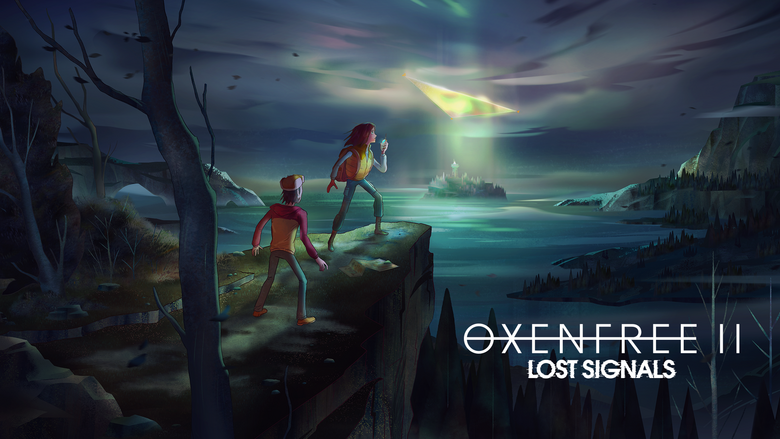
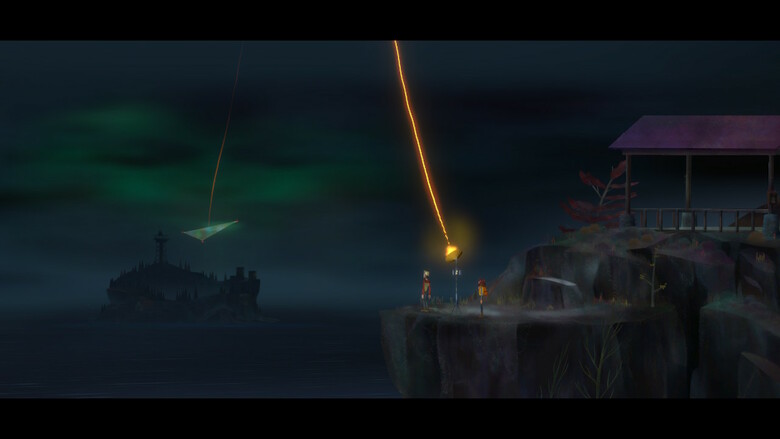
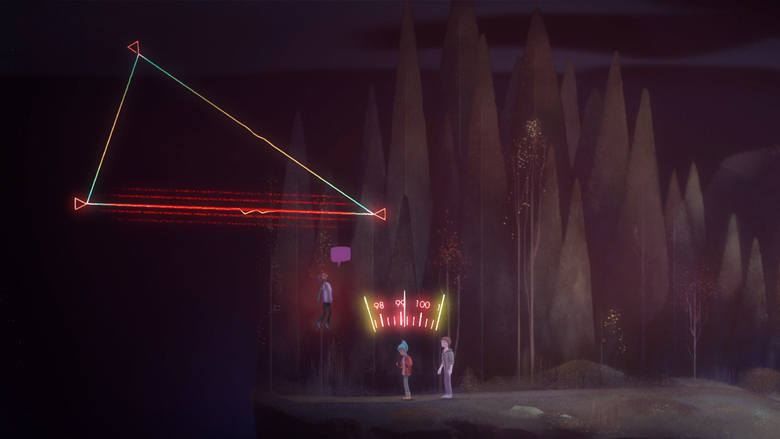
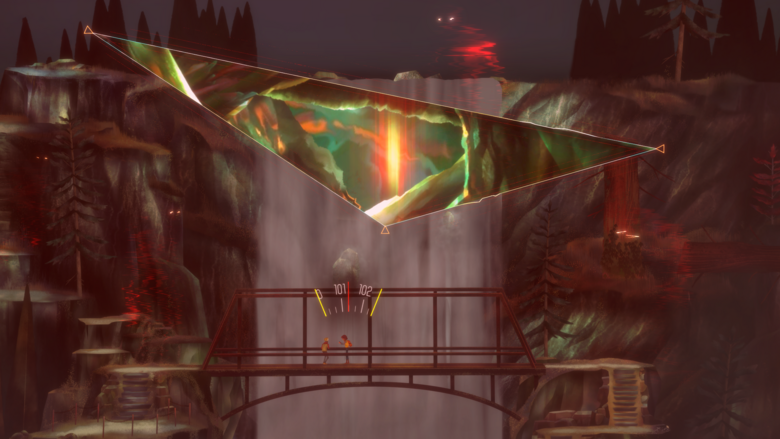
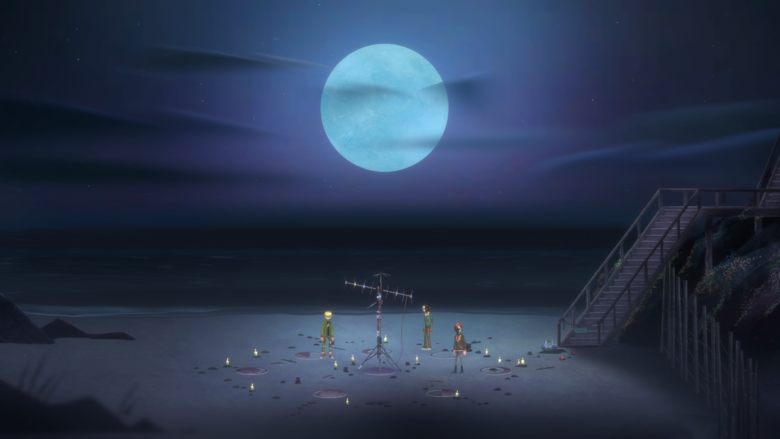
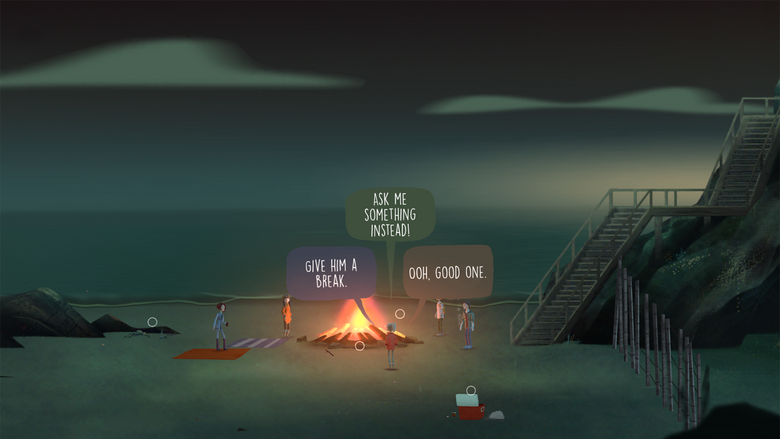
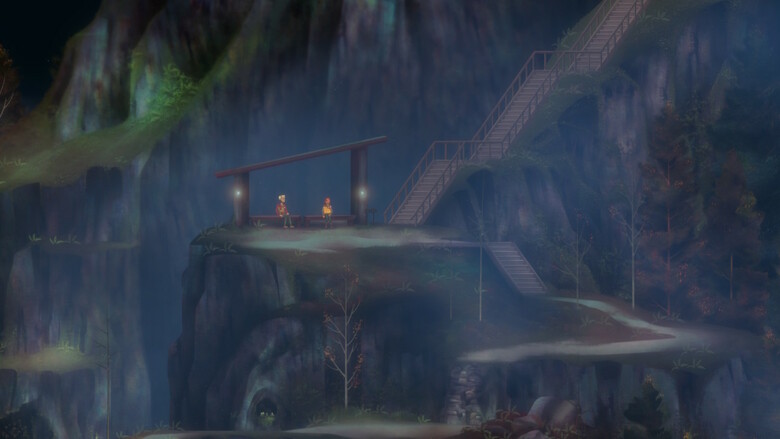
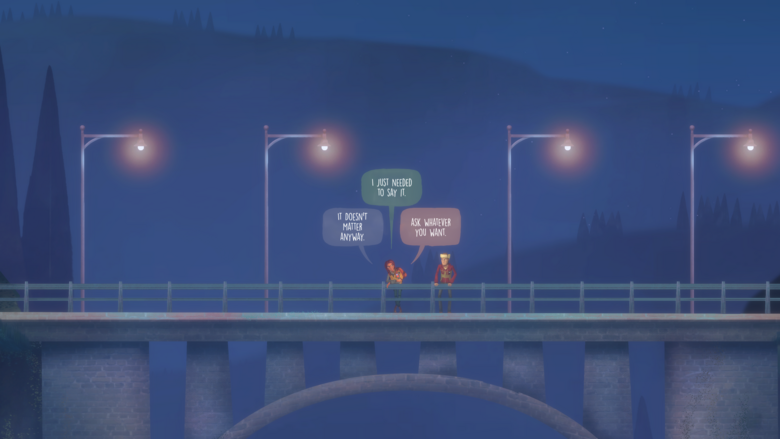
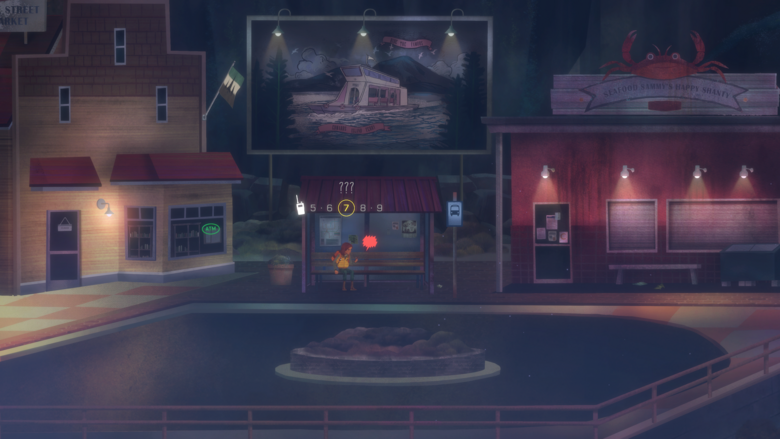
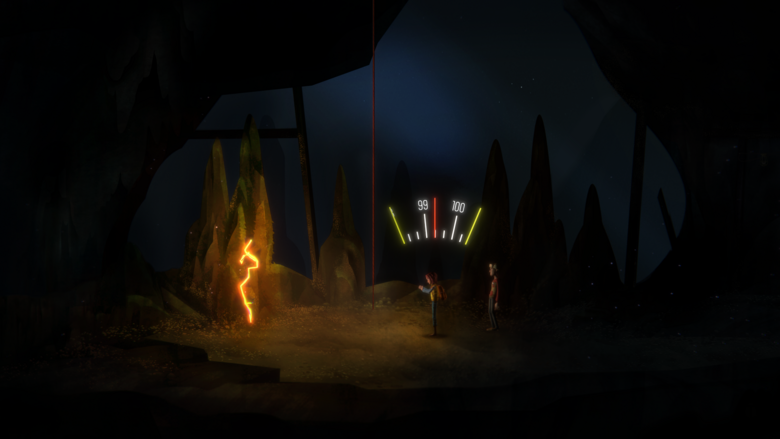
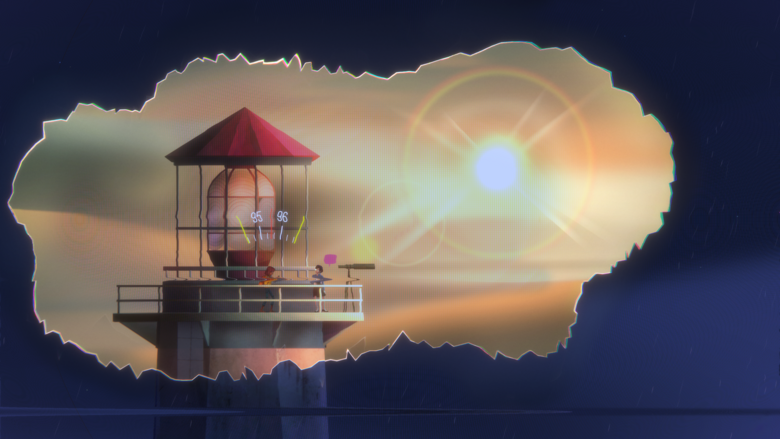
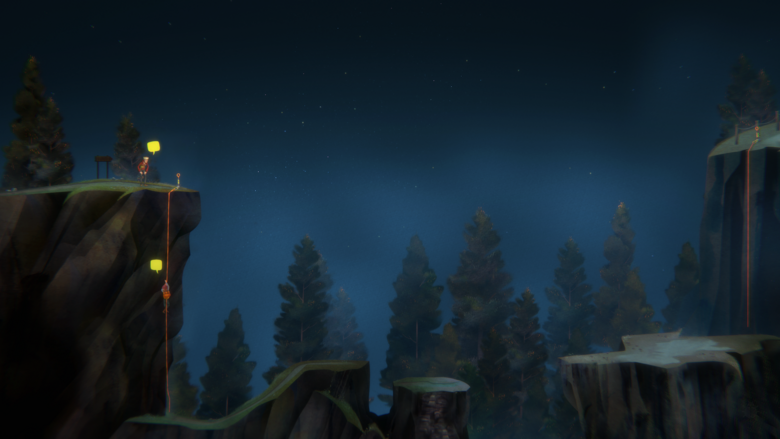
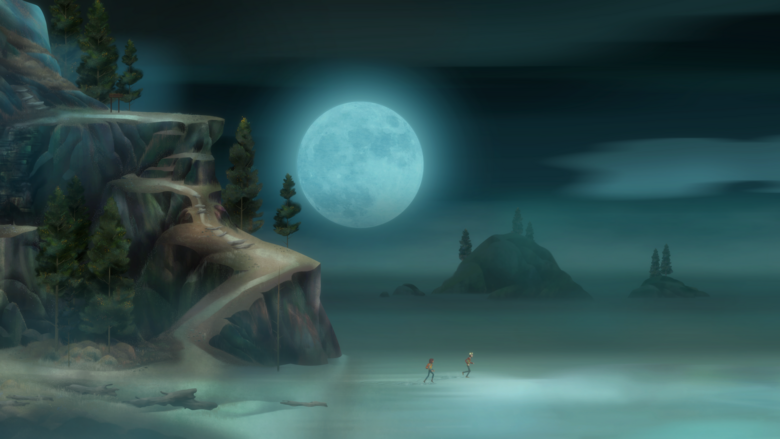
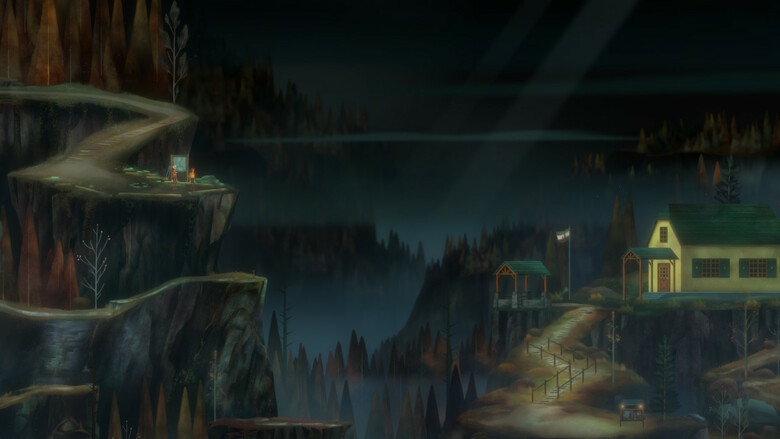
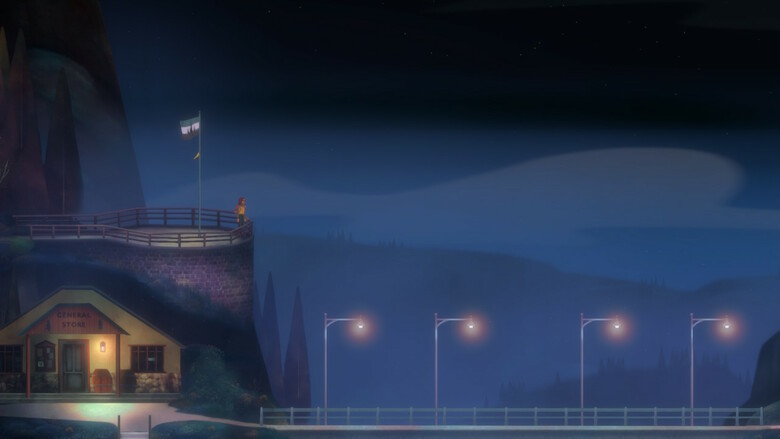
Comments (0)